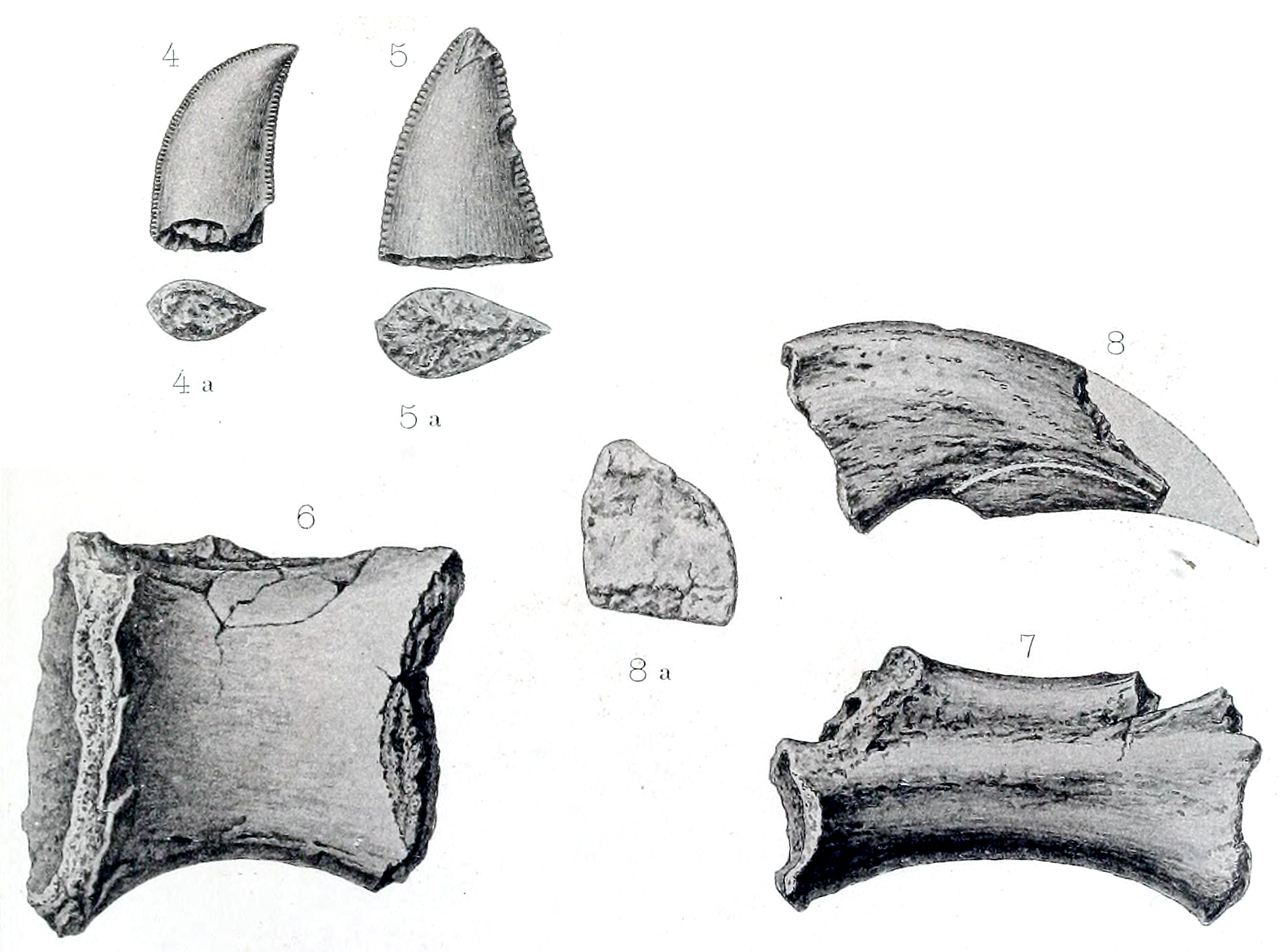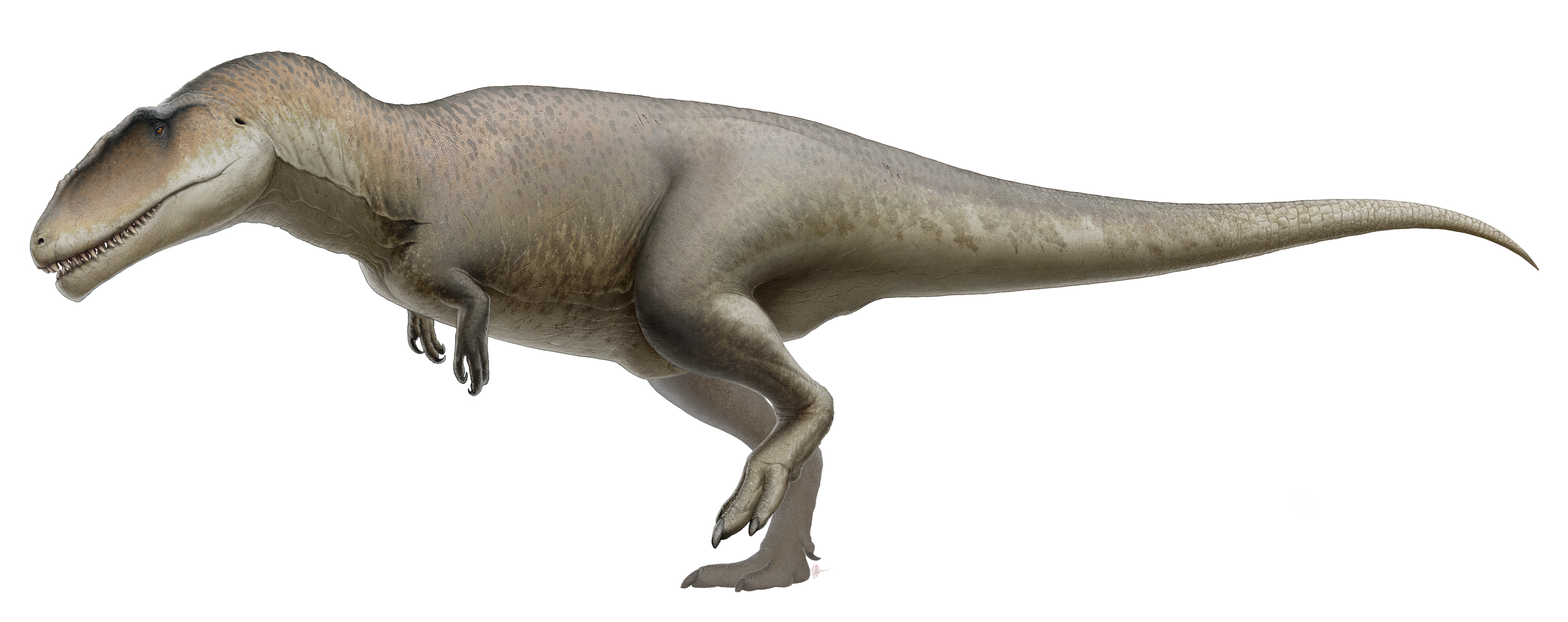|
Charles Depéret
Charles Jean Julien Depéret (25 June 1854 – 18 May 1929) was a French geologist and paleontologist. He was a member of the French Academy of Sciences, the Société géologique de FranceObituary at ''Annales des Mines'' and dean of the Science faculty of .Obituary at ''Les Études rhodaniennes'', Year 1929, Vol. 5, Issue 5-2, pp. 342-343 [...More Info...] [...Related Items...] OR: [Wikipedia] [Google] [Baidu] |
Perpignan
Perpignan (, , ; ca, Perpinyà ; es, Perpiñán ; it, Perpignano ) is the prefecture of the Pyrénées-Orientales department in southern France, in the heart of the plain of Roussillon, at the foot of the Pyrenees a few kilometres from the Mediterranean Sea and the scrublands of the Corbières massif. It is the centre of the Perpignan Méditerranée Métropole metropolitan area. In 2016 Perpignan had a population of 121,875 (''Perpignanais(e)'' in French, ''Perpinyanés(a)'' in Catalan) in the commune proper, and the metropolitan area had a total population of 268,577, making it the last major French city before the Spanish border. Perpignan is also sometimes seen as the "Entrance" of the Iberian Peninsula. Perpignan was the capital of the former province and County of Roussillon (''Rosselló'' in Catalan) and continental capital of the Kingdom of Majorca in the 13th and 14th centuries. It has preserved an extensive old centre with its ''bodegas'' in the historic centre, ... [...More Info...] [...Related Items...] OR: [Wikipedia] [Google] [Baidu] |
Bordeaux
Bordeaux ( , ; Gascon oc, Bordèu ; eu, Bordele; it, Bordò; es, Burdeos) is a port city on the river Garonne in the Gironde department, Southwestern France. It is the capital of the Nouvelle-Aquitaine region, as well as the prefecture of the Gironde department. Its inhabitants are called ''"Bordelais"'' (masculine) or ''"Bordelaises"'' (feminine). The term "Bordelais" may also refer to the city and its surrounding region. The city of Bordeaux proper had a population of 260,958 in 2019 within its small municipal territory of , With its 27 suburban municipalities it forms the Bordeaux Metropolis, in charge of metropolitan issues. With a population of 814,049 at the Jan. 2019 census. it is the fifth most populated in France, after Paris, Lyon, Marseille and Lille and ahead of Toulouse. Together with its suburbs and exurbs, except satellite cities of Arcachon and Libourne, the Bordeaux metropolitan area had a population of 1,363,711 that same year (Jan. 2019 census), ma ... [...More Info...] [...Related Items...] OR: [Wikipedia] [Google] [Baidu] |
Pliocene
The Pliocene ( ; also Pleiocene) is the epoch in the geologic time scale that extends from 5.333 million to 2.58See the 2014 version of the ICS geologic time scale million years ago. It is the second and most recent epoch of the Neogene Period in the . The Pliocene follows the Epoch and is followed by the Epoch. Prior to the 2009 ... [...More Info...] [...Related Items...] OR: [Wikipedia] [Google] [Baidu] |
Roussillon
Roussillon ( , , ; ca, Rosselló ; oc, Rosselhon ) is a historical province of France that largely corresponded to the County of Roussillon and part of the County of Cerdagne of the former Principality of Catalonia. It is part of the region of ''Northern Catalonia'' or ''French Catalonia'' (the former used by Catalan-speakers and the latter used by French-speakers), corresponding roughly to the present-day southern French ''département'' of Pyrénées-Orientales (with Roussillon, Conflent, and Fenouillèdes) in the former region of Languedoc-Roussillon (today Occitanie). History The name ''Roussillon'' is derived from Ruscino (Rosceliona, Castel Rossello), a small fortified place near modern-day Perpignan where Gaulish chieftains met to consider Hannibal's request for a conference. The region formed part of the Roman province of Gallia Narbonensis from 121 BC to AD 462, when it was ceded with the rest of Septimania to the Visigoth Theodoric II. His successor, Amalaric, ... [...More Info...] [...Related Items...] OR: [Wikipedia] [Google] [Baidu] |
Cynohyaenodon
''Cynohyaenodon'' ("dog-like ''Hyaenodon''") is an extinct paraphyletic genus of hyaenodontid mammals from family Hyaenodontidae that lived during the early to middle Eocene in Europe. Phylogeny The phylogenetic relationships of genus ''Cynohyaenodon'' are shown in the following cladogram. See also * Mammal classification * Hyaenodontidae Hyaenodontidae ("hyena teeth") is a family of extinct predatory mammals from extinct superfamily Hyaenodontoidea within extinct order Hyaenodonta. Hyaenodontids arose during the early Eocene and persisted well into the early Miocene. Fossils of ... References Hyaenodonts Eocene mammals Fossils of France Prehistoric placental genera {{paleo-mammal-stub ... [...More Info...] [...Related Items...] OR: [Wikipedia] [Google] [Baidu] |
Protragocerus
''Protragocerus'' is an extinct genus of antelope from the late Serravallian age (geology), Age (around 13 to 11 million years ago) of the Miocene epoch (geology), Epoch. Fossils of the genus have been found in France, India, and Saudi Arabia. It is classified under the tribe (biology), tribe Boselaphini, subfamily Bovinae of the family (biology), family Bovidae. The genus was first established by the French paleontologist Charles Depéret in 1887. One former species, ''Protragocerus labidotus'' of Kenya, has been reclassified in its own genus, ''Kipsigicerus''. See also *''Eotragus'' *''Tetracerus'' *''Boselaphus'' References Miocene even-toed ungulates Bovines Prehistoric bovids Fossil taxa described in 1987 Prehistoric even-toed ungulate genera Miocene mammals of Europe Miocene mammals of Asia {{paleo-eventoedungulate-stub ... [...More Info...] [...Related Items...] OR: [Wikipedia] [Google] [Baidu] |
Majungasaurus Crenatissimus
''Majungasaurus'' (; ) is a genus of abelisaurid theropod dinosaur that lived in Madagascar from 70 to 66 million years ago, at the end of the Cretaceous Period, making it one of the last known non-avian dinosaurs that went extinct during the Cretaceous–Paleogene extinction event. The genus contains a single species, ''Majungasaurus crenatissimus''. This dinosaur is also called ''Majungatholus'', a name which is considered a junior synonym of ''Majungasaurus''. Like other abelisaurids, ''Majungasaurus'' was a bipedal predator with a short snout. Although the forelimbs are not completely known, they were very short, while the hind limbs were longer and very stocky. It can be distinguished from other abelisaurids by its wider skull, the very rough texture and thickened bone on the top of its snout, and the single rounded horn on the roof of its skull, which was originally mistaken for the dome of a pachycephalosaur. It also had more teeth in both upper and lower jaws than most a ... [...More Info...] [...Related Items...] OR: [Wikipedia] [Google] [Baidu] |
Gazella Borbonica
''Gazella borbonica'', commonly known as the Bourbon gazelle or European gazelle, is an extinct gazelle which existed in Europe during the Pleistocene epoch. It was described by Charles Depéret in 1884. It had rather long, moderately divergent and slightly recurved horns and was about the same size as the modern Dorcas Gazelle, with a shoulder height of about 60 cm. Fossil remains have been found in France, the Netherlands and south-east England England is a country that is part of the United Kingdom. It shares land borders with Wales to its west and Scotland to its north. The Irish Sea lies northwest and the Celtic Sea to the southwest. It is separated from continental Europe b .... Taxonomic synonyms include ''Gazella anglica'' Newton, 1884 and ''Gazella daviesii'' Hinton, 1906. References Mammals described in 1884 Gazella Fossil taxa described in 1884 Pleistocene even-toed ungulates Pleistocene mammals of Europe Prehistoric bovids {{paleo- ... [...More Info...] [...Related Items...] OR: [Wikipedia] [Google] [Baidu] |
Carcharodontosaurus
''Carcharodontosaurus'' (; ) is a genus of large carcharodontosaurid theropod dinosaur that existed during the Cenomanian age of the Late Cretaceous in Northern Africa. The genus ''Carcharodontosaurus'' is named after the shark genus ''Carcharodon'', itself composed of the Greek (, meaning "jagged" or "sharp") and (, "teeth"), and the suffix ' ("lizard"). It is currently known to have two species: ''C. saharicus'' and ''C. iguidensis''. History of discovery In 1924, two teeth were found in the Continental intercalaire of Algeria, showing what were at the time unique characteristics. These teeth were described by Depéret and Savornin (1925) as representing a new taxon, which they named ''Megalosaurus saharicus'' and later categorized in the subgenus ''Dryptosaurus''. Some years later, paleontologist Ernst Stromer described the remains of a partial skull and skeleton from Cenomanian aged rocks in the Bahariya Formation of Egypt (Stromer, 1931); originally excavated in 1914, ... [...More Info...] [...Related Items...] OR: [Wikipedia] [Google] [Baidu] |
Amphirhagatherium
''Amphirhagatherium'' is an extinct genus of artiodactyl that lived in northern Europe during the middle to late Eocene. The dentition of ''Amphirhagatherium'' suggests that the genus had a mixed diet of leaves and fruits likely eaten at ground level. Caniniform anterior teeth suggest that there may have been a small carnivorous dietary component, or were used for intraspecific combat. Distribution ;Eocene * Creechbarrow Limestone, Upper Headon Beds and Bembridge Marls Formations, England * Rocourt-Saint-Martin Rocourt-Saint-Martin is a commune in the Aisne department in Hauts-de-France in northern France. Population See also *Communes of the Aisne department The following is a list of the 799 communes in the French department of Aisne. ... and Chéry-Chartreuve, France * Frohnstetten, Germany ;Oligocene * Bembridge Marls, England References {{Taxonbar, from=Q474950 Eocene mammals of Europe Oligocene mammals of Europe Paleogene England Fossils ... [...More Info...] [...Related Items...] OR: [Wikipedia] [Google] [Baidu] |
Lineage (evolution)
An evolutionary lineage is a temporal series of populations, organisms, cells, or genes connected by a continuous line of descent from ancestor to descendant.The Oxford English Dictionary defines biological lineage as "a sequence of species each of which is considered to have evolved from its predecessorOED definition of lineage/ref> Lineages are subsets of the evolutionary tree of life. Lineages are often determined by the techniques of molecular systematics. Phylogenetic representation of lineages 299x299px, A rooted tree of life into three ancient monophyletic lineages: bacteria, archaea, and eukaryotes">archaea.html" ;"title="bacteria, archaea">bacteria, archaea, and eukaryotes based on rRNA genes Lineages are typically visualized as subsets of a phylogenetic tree. A lineage is a single line of descent or linear chain within the tree, while a clade is a (usually branched) monophyletic group, containing a single ancestor and all its descendants. Phylogenetic trees are typica ... [...More Info...] [...Related Items...] OR: [Wikipedia] [Google] [Baidu] |
Cope-Depéret Rule
Cope's rule, named after American paleontologist Edward Drinker Cope, postulates that population lineages tend to increase in body size over evolutionary time. It was never actually stated by Cope, although he favoured the occurrence of linear evolutionary trends. It is sometimes also known as the Cope–Depéret rule, because Charles Depéret explicitly advocated the idea. Theodor Eimer had also done so earlier. The term "Cope's rule" was apparently coined by Bernhard Rensch, based on the fact that Depéret had "lionized Cope" in his book. While the rule has been demonstrated in many instances, it does not hold true at all taxonomic levels, or in all clades. Larger body size is associated with increased fitness for a number of reasons, although there are also some disadvantages both on an individual and on a clade level: clades comprising larger individuals are more prone to extinction, which may act to limit the maximum size of organisms. Function Effects of growth Directiona ... [...More Info...] [...Related Items...] OR: [Wikipedia] [Google] [Baidu] |



